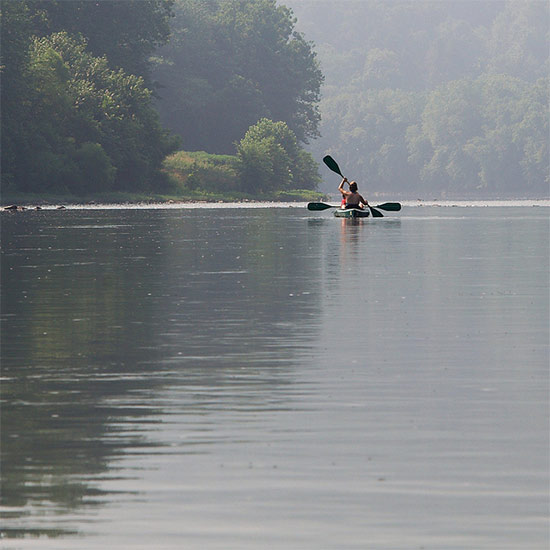West/Rhode Riverkeeper Launches Swim Guide Website and Mobile App for 2013 Swimming Season
CONTACT: Chris Trumbauer, West/Rhode Riverkeeper
410-279-7577 or
May 23, 2013, Anne Arundel County, Maryland – For countless residents and visitors, Memorial Day signals the unofficial start of summer – and the summer swimming season. Getting information about the water quality of our local waterways has just become a whole lot easier with the launch of the Swim Guide, a new, free, smartphone app (available from App Store, Google Play, or www.theswimguide.org).
Provided and managed by member groups within Waterkeeper Alliance, a network of 207 water protection groups worldwide, the Swim Guide helps the user locate the closest, cleanest swimming area, view photos, and get the latest bacteria sampling data so they can determine if the water is safe for swimming.
The Swim Guide was first introduced last year and adopted locally by West/Rhode Riverkeeper and the South River Federation in Anne Arundel County. The Swim Guide is constantly growing and improving – this year the Assateague Coastal Trust joins the list of Maryland organizations and will include such vacation destinations as Assateague Island National Seashore and Ocean City.
"The Swim Guide gives our residents the information they need to make informed decisions about the health of our waterways in an easy, user-friendly application,” said Chris Trumbauer, the West/Rhode Riverkeeper. “Want to know the latest bacteria levels before you jump off of your dock? Now you can just check your smartphone. Empowering people with information will help build stewardship and awareness for our natural waterways.”
For the West and Rhode Rivers, Swim Guide utilizes water quality monitoring data from the West/Rhode Riverkeeper weekly monitoring program to determine the bacteria level at 14 locations representing public and private community swimming sites. The entire Swim Guide monitoring effort includes nearly 5,000 locations across North America with roughly 80 sites in Maryland and 30 in Anne Arundel County. Information is updated as frequently as the water quality information is gathered.
The innovative, free Swim Guide app also includes descriptions and photographs of beaches and employs a tool for citizens to report a pollution problem from their smartphone or through the website. The first 2013 results are now available, and will be updated weekly through the first week of September.
# # # # #
West/Rhode Riverkeeper works to protect families and communities by stopping pollution. We strive for healthy and safe rivers and streams. We work together with communities to enforce environmental law, promote restoration, and advocate for better environmental policy. www.westrhoderiverkeeper.org 410-867-7171








